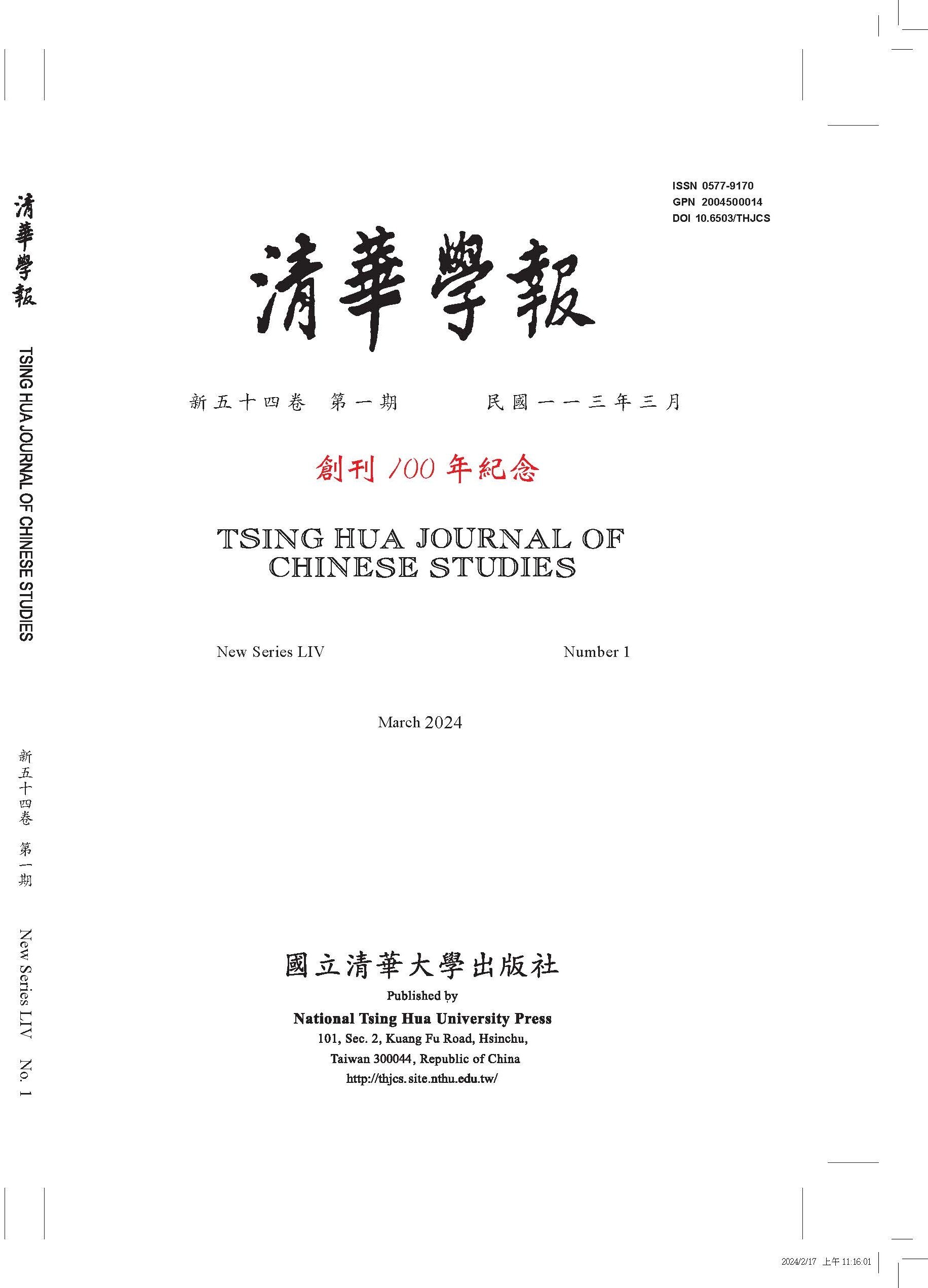The Tone Categorization of Taiwan Mandarin
Vol. 30 No. 1 3/2000
|
Title |
The Tone Categorization of Taiwan Mandarin |
|
Author |
Yueh-chin Chang, Pierre Hallé |
|
Genre |
Article |
|
Pages |
51-65 |
|
Download |
|
|
Language |
Chinese |
|
Key words |
tone categorization, identification test, AXB discrimination test, Taiwan Mandarin |
|
Abstract |
It is widely agreed that speech perception is categorical in nature for consonants. In contrast, speech perception is generally considered the “less” categorical for vowels, reflecting the overlap in production of vowel categories and the rather continuous structure of the vocalic spaces in the language of the world. Conceivably, overlap and continuity could also condition the perception of linguistic tone in a similar way. The literature on tone categorization, however, is scarce and controversial (Abramson,1979; Wang, 1976). In this study, we reopened the issue of tone categorization in Taiwan Mandarin, using three-tone continua: level-rising (tone 1- tone 2), rising-high falling (tone2- tone4), and high falling-low falling (tone4- tone 3). The test stimuli were derived from natural utterances by giving them F0 and amplitude contours interpolated between continuum endpoints. They were presented to native speakers of Taiwan Mandarin embedded in a frame sentence (identification tests), or as single syllables (AXB discrimination tests). The identification functions showed a steep transition at the 50% crossover point, while the discrimination functions showed rather wide and smooth peaks, roughly centered on the corresponding identification crossover locations. Because the discrimination level was high throughout the entire tone continua and the discrimination peaks were not as sharp as those typically found for consonant continua, the present results support the notion of a lesser degree of categorical perception for tones than for consonants. |

